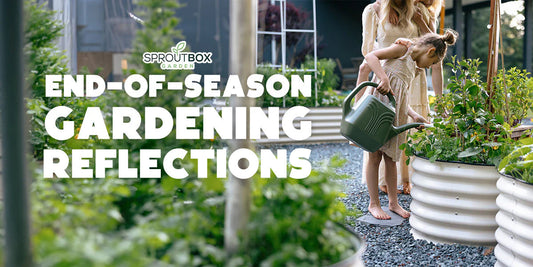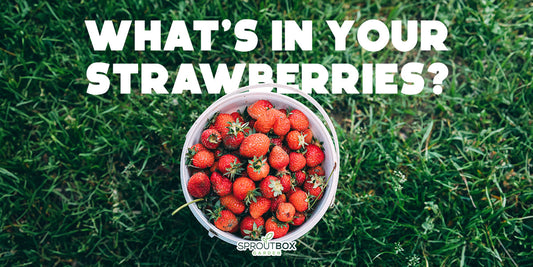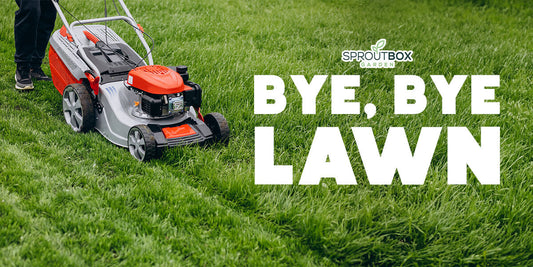The Dos and Don'ts of Watering Your Garden

Watering your garden may seem like a simple task, but it's actually more complicated than you might think.
Overwatering and underwatering can both be detrimental to your plants, and getting the timing and amount of water just right can be a challenge. In this article, we'll take a look at the dos and don'ts of watering your garden so you can keep your plants healthy and thriving.
Dos:
Water deeply: In conclusion, watering your garden can be a bit tricky, but by following these dos and don'ts, you can keep your plants healthy and thriving. And if you're looking for a great tool to help you maintain your garden, consider a raised garden bed from Sproutbox Garden. Our raised garden beds offer better drainage, weed control, and pest control, and are made with durable Aluzinc Steel that is designed to last up to 20 years.
Water in the morning: Watering your garden in the morning is the best time to do it. The soil is cooler and less likely to evaporate, and your plants will have all day to absorb the water they need. Watering in the evening can lead to waterlogged soil and fungal diseases, while watering in the middle of the day can lead to water loss due to evaporation.
Use a soaker hose: A soaker hose is a great tool for watering your garden. It delivers water directly to the base of your plants, minimizing waste and ensuring that the water reaches the roots. Soaker hoses are also easy to install and can be left in place throughout the growing season.
Mulch your garden: Mulching your garden helps to retain moisture in the soil, reducing the need for frequent watering. Mulch also helps to control weeds and regulate soil temperature, which can help your plants grow better. Common mulching materials include straw, leaves, and wood chips.
Don'ts:
Don't overwater: Overwatering can lead to root rot and other problems. Make sure to check the soil moisture level before watering and only water when the soil is dry. To check the moisture level, stick your finger in the soil up to your second knuckle. If the soil is dry, it's time to water. If it's moist, wait a few more days before watering.
Don't water from above: Watering from above can lead to fungal diseases and water loss due to evaporation. Instead, use a soaker hose or drip irrigation system to deliver water directly to the roots. If you must water from above, use a watering can or hose with a gentle, low-pressure spray.
Don't water in the evening: Watering in the evening can lead to waterlogged soil and fungal diseases. Watering in the morning is the best time to do it, as the soil is cooler and less likely to evaporate. If you can't water in the morning, try to water in the late afternoon or early evening so that the soil has time to dry before nightfall.
Don't forget to adjust for rainfall: If it has rained recently, you may not need to water your garden as much. Make sure to check the soil moisture level before watering and adjust accordingly. If the soil is still moist, wait a few more days before watering again. Overwatering can be just as harmful as underwatering, so it's important to find the right balance.
In conclusion, watering your garden can be a bit tricky, but by following these dos and don'ts, you can keep your plants healthy and thriving. And if you're looking for a great tool to help you maintain your garden, consider a raised garden bed from Sproutbox Garden. Our raised garden beds offer better drainage, weed control, and pest control, and are made with durable Aluzinc Steel that is designed to last up to 20 years.
Check out our full selection here, grab your own raised garden bed and transform your garden!



